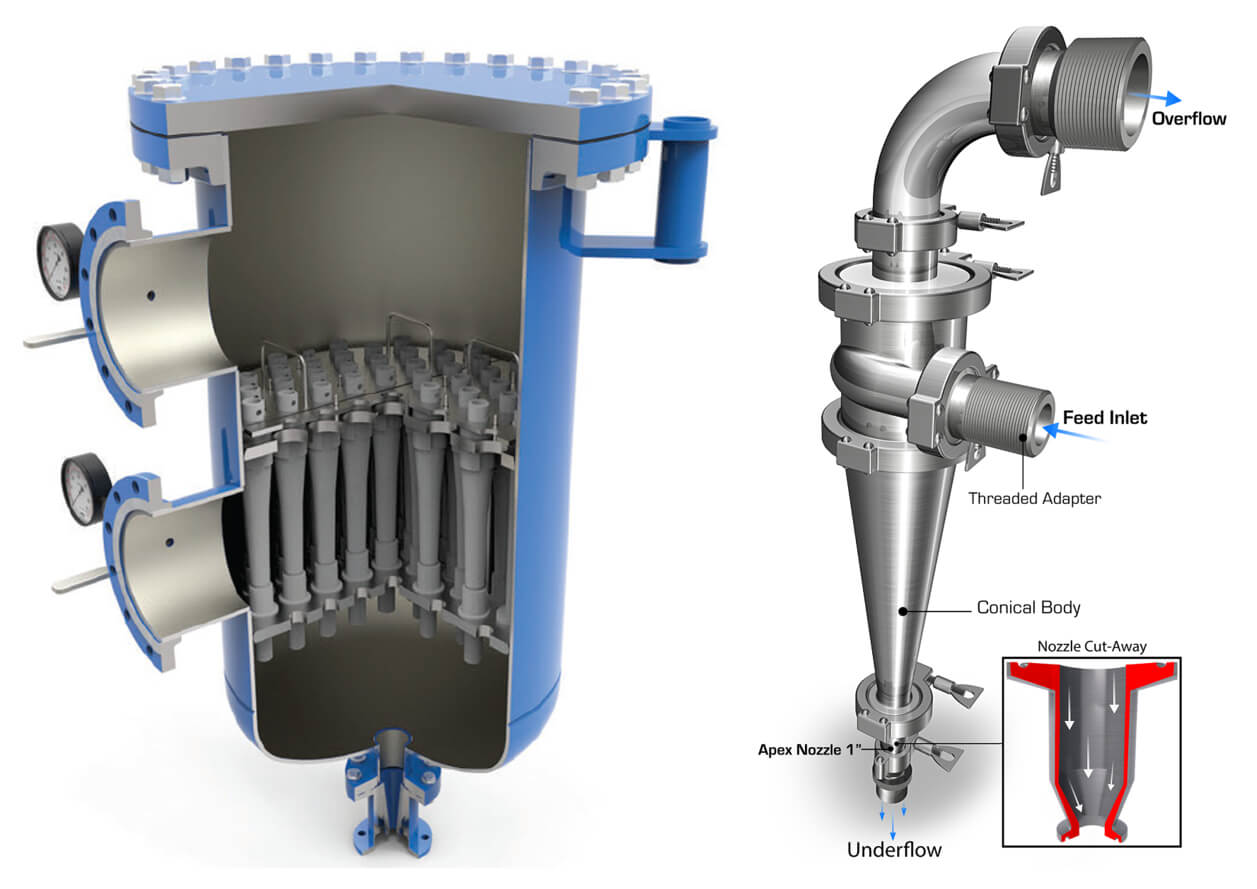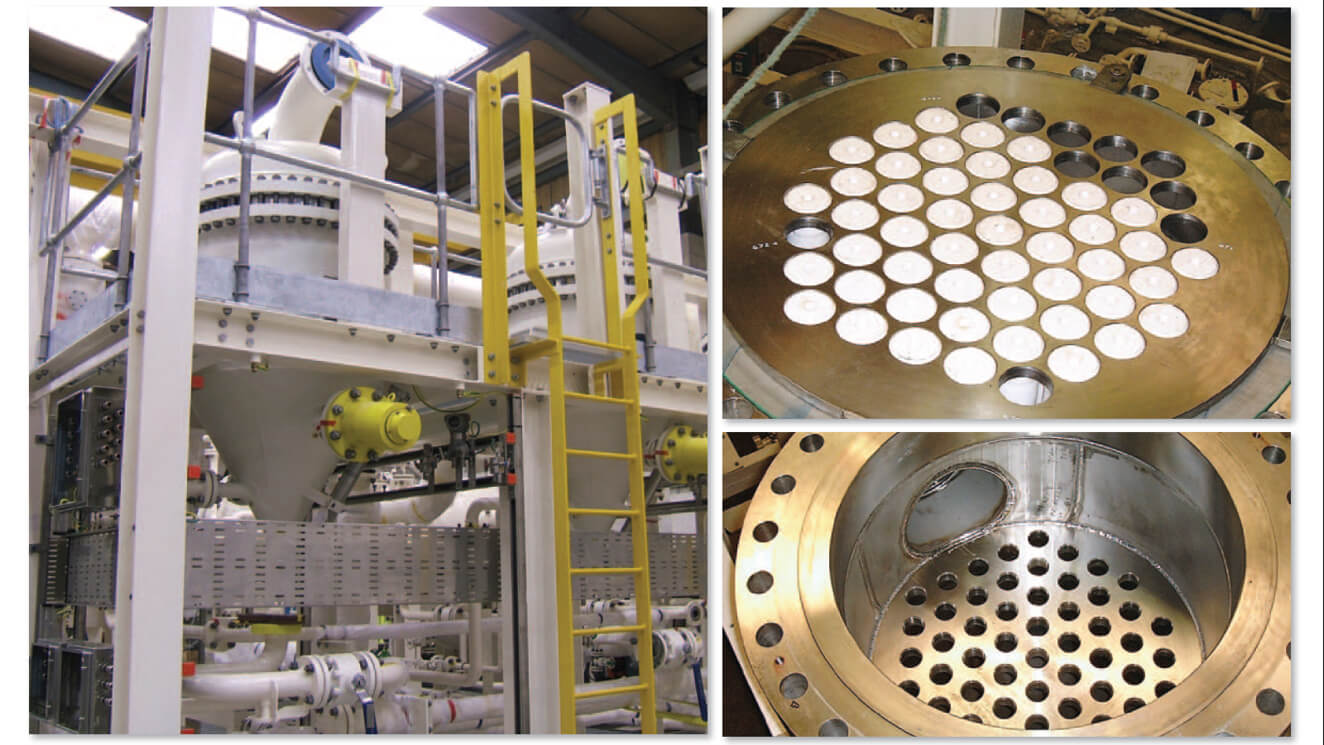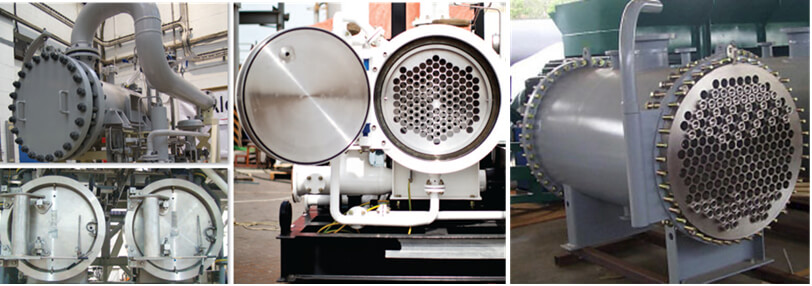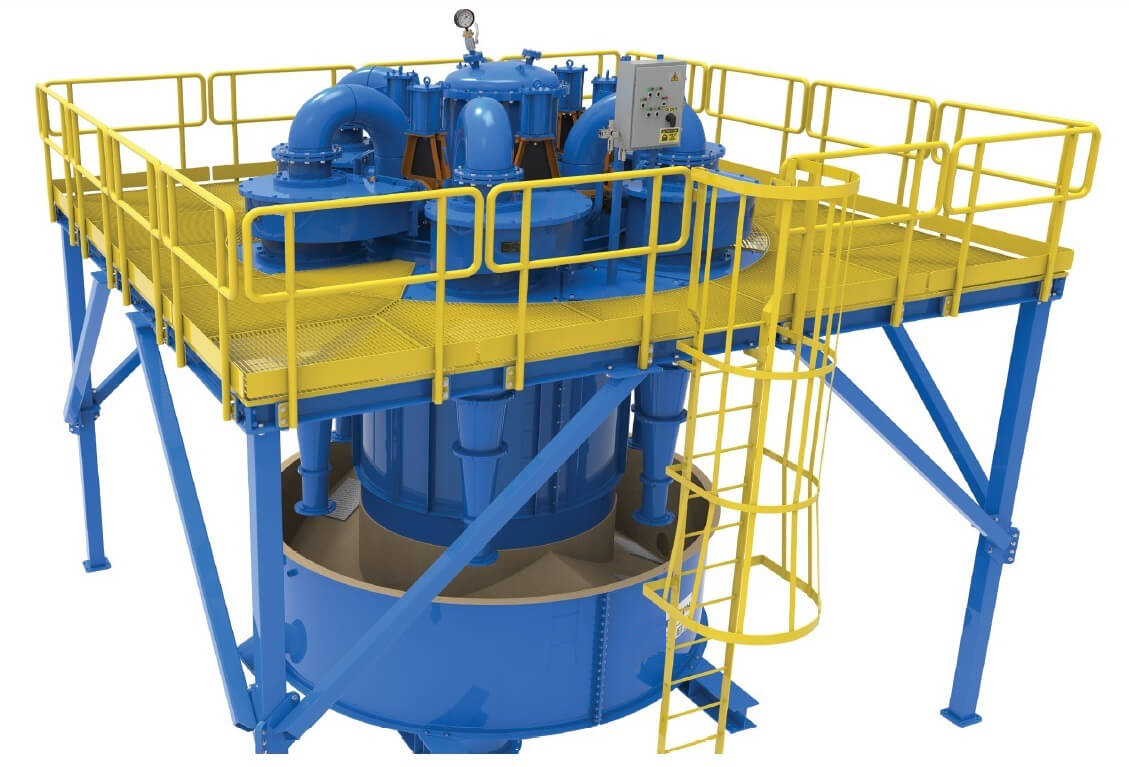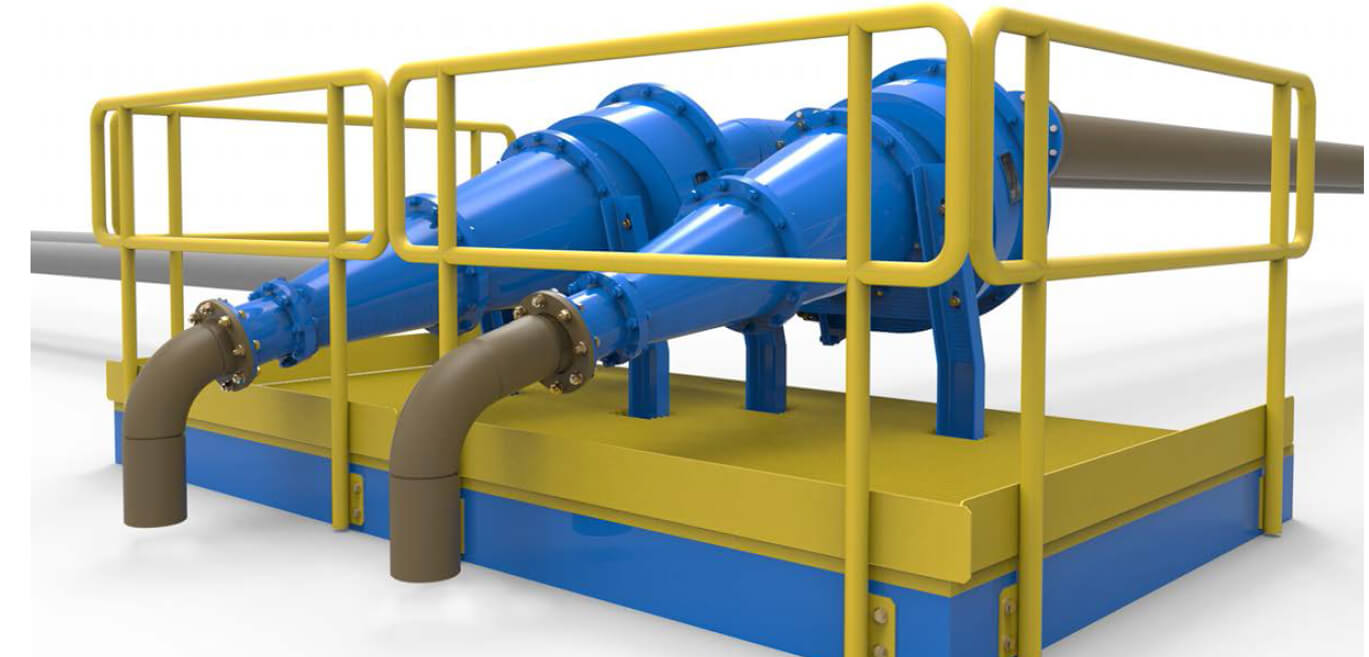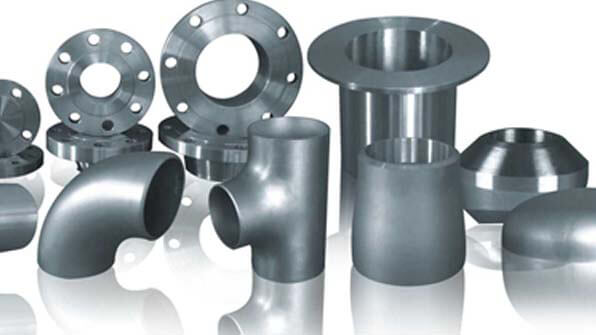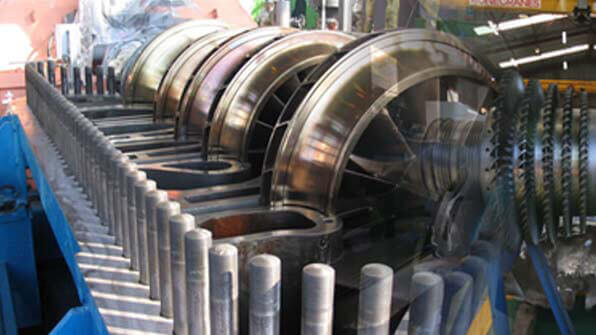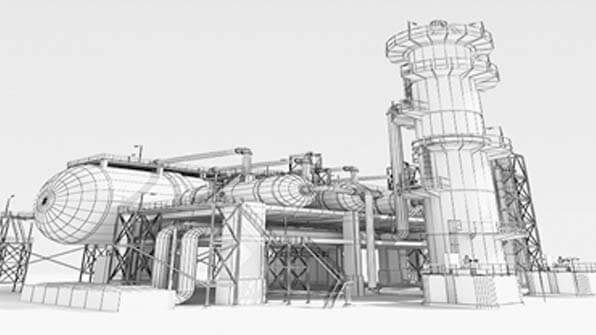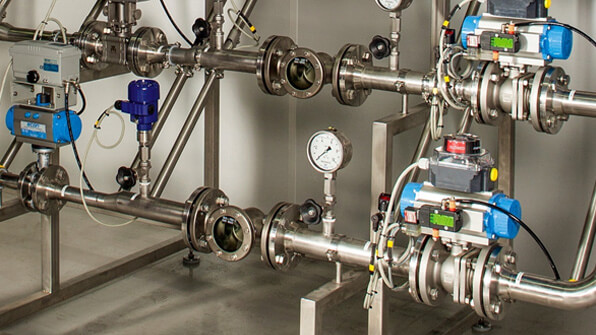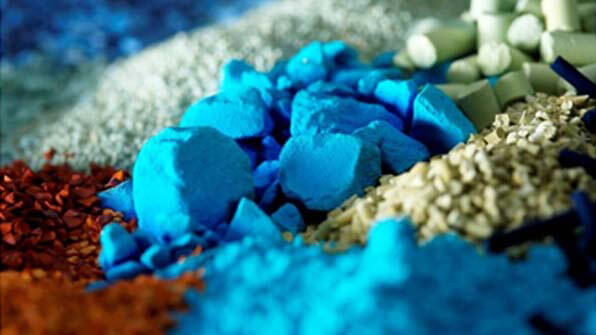Solids from Water:
• Waste water grit removal and clean-up
• Coke fines removal from cutting water and calciners
• Intake water and fire suppression water systems
• Solids removal from desalter water system
Solids from a Hydrocarbon Stream:
• Catalyst removal
• Wash sands from tank residues
• Refinery amine system to separate solids, metals, and coke fines
• Hydrocracker and fluid unit feed to separate coke fines from HGO/LGO product streams
Oil and Hydrocarbons from Water:
• Waste water clean-up
• Hydrocarbon recovery
• Oil removal from desalter brine
• Dewater amine
• Coke blowdown / sour water treatment
• Treat feed to sour water stripper

